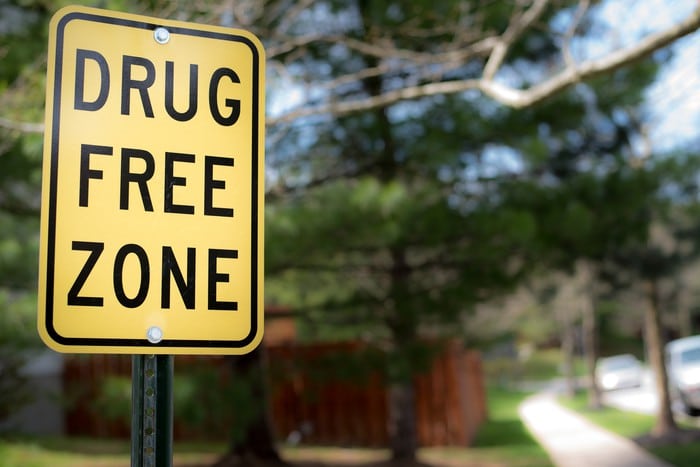CMA Recommends Lower THC Content in Cannabis Edibles

National Doctors’ Association Asks for 5mg Max Instead of 10mg – LPC
 The Canadian Medical Association (CMA) is recommending lower THC content in cannabis edibles from 10 to five mg. CMA President Sandy Buchman said that the risk of overconsumption is higher. Further, data from places such as Colorado where cannabis has been legalized for five years backs this up.
The Canadian Medical Association (CMA) is recommending lower THC content in cannabis edibles from 10 to five mg. CMA President Sandy Buchman said that the risk of overconsumption is higher. Further, data from places such as Colorado where cannabis has been legalized for five years backs this up.
“The CMA maintains that 10 mg per discrete unit and package is too high,” Buchman said in a statement. Therefore, it “should be established at a maximum of 5 mg per dose, given the higher risks of overconsumption.”
The call for lower THC content in cannabis edibles comes one month before cannabis edibles are legalized in Canada. The government delayed legalization to further study the effects and cannabis edibles safety concerns. Health Canada released its proposed cannabis edibles regulations in December 2018.
But those regulations don’t go far enough, the CMA seems to be suggesting. Buchman said that in particular, not enough is known about the effects of cannabis. That’s especially true of seniors, youth, and children, he said. Lower THC content in cannabis edibles would help protect them.
“With so much still unknown about the effect of cannabis, the introduction of edibles is adding yet another level of complexity for Canadians,” he said.
Alberta Health and Wellness issued similar concerns. Spokesperson Steve Buick said not enough is known about cannabis edibles, cannabis vaping, and cannabis topicals. “Quality research on the health risks of cannabis is lacking — especially the new classes of cannabis that will be legal.”
“Until we know more, it is best to proceed with caution.”
Will Lower THC Content in Cannabis Edibles Really Lower the Risk? – LPC
According to the Calgary Herald report (please see link below), an emergency department in Aurora, Colorado saw a large issues with cannabis edibles. They accounted for almost 11 per cent of cannabis-related visits, but only 0.3 per cent of sales. On the other hand, fewer than 50 people in Denver visited the emergency department with cannabis poisoning in 2015, which was 0.02 per cent of all visits. In Calgary, emergency visits due to cannabis are up 25 per cent.
Emergency physicians in Calgary last May said they’d seen a 25 per cent increase in cannabis vomiting syndrome.
So, it seems clear that cannabis can lead to emergency room visits. But then, so can cutting the lawn. Alcohol-related visits, which is a closer comparison, account for many more visits than cannabis. However, as the CMA has stated, not enough research has been done to know the long-term effects. The news lately about vaping illness from a product many consider to be less harmful than smoking underlines why research is important. In the name of safety, is lower THC content in cannabis edibles really that bad? Or is there a better way to approach it?
This editorial content from the LPC News Team is meant to provide analysis, insight, and perspective on current news articles. To read the source article this commentary is based upon, please click on the link below.




